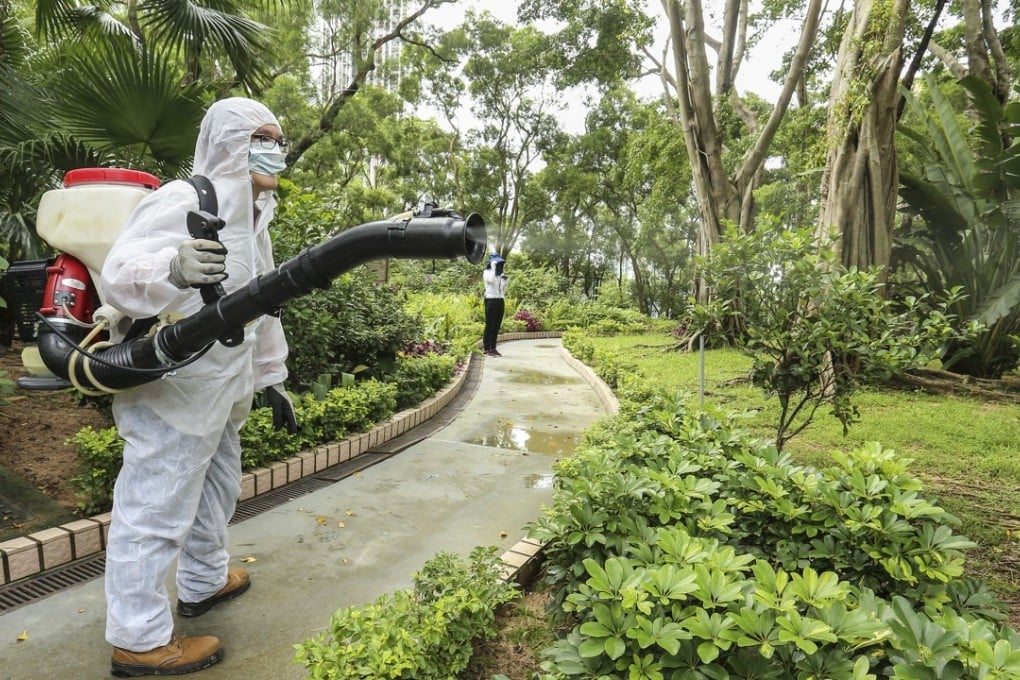Opinion | Why dengue fever prevention calls for attention to the big picture, not just the pests in our own backyards
Robert Peckham and Ria Sinha say Hong Kong can draw on both its history of epidemics and the talent and technological expertise in the Pearl River Delta region to tackle mosquito-borne diseases

With 28 local cases of dengue fever confirmed in August, Hong Kong’s fevered history is rebounding in the present.
Despite the city’s much-vaunted epidemic surveillance system and a widely publicised anti-mosquito offensive, there is a public perception that health authorities have been caught off guard. For many, it appears to be a case of too little too late.
Could Hong Kong have been better prepared? The short answer is yes. There is always more to be done. Over the past two decades, data from the Centre for Health Protection has shown a marked increase in imported cases of dengue and other mosquito-borne diseases, with a rise in locally acquired infections over the past five years.
Watch: Amid dengue fever outbreak, Hong Kong schools battle mosquitoes


